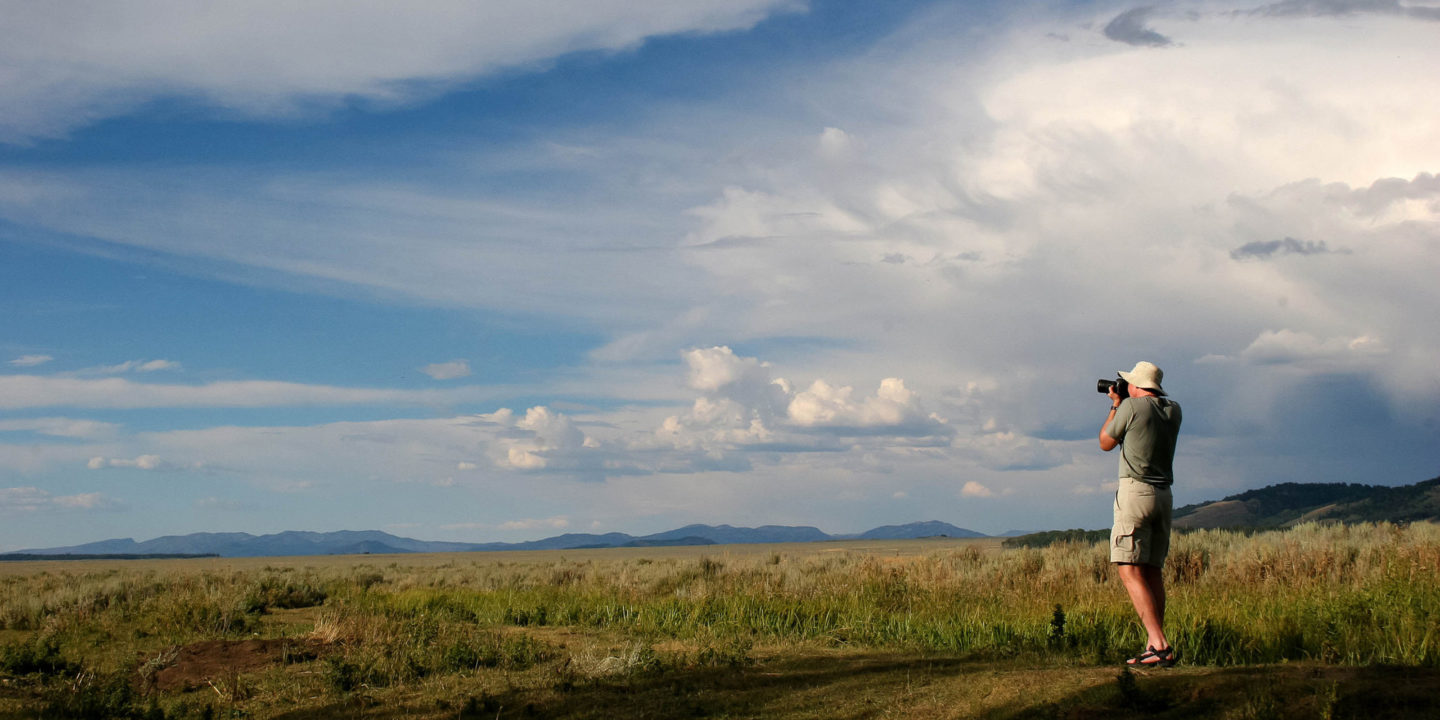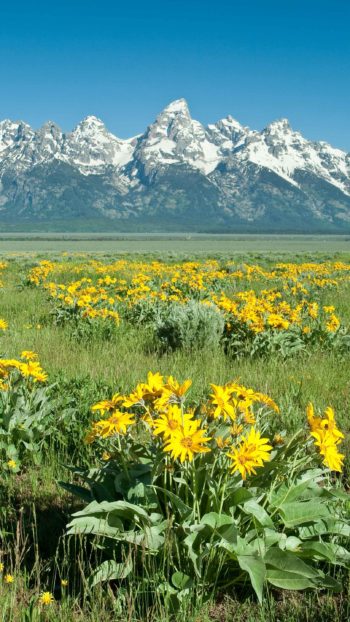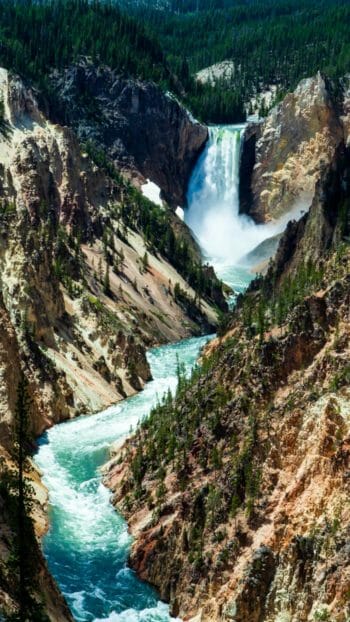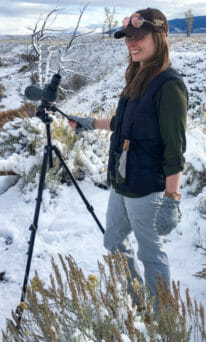When visiting a new place, sometimes it can be overwhelming to know what you’re going to need and how to pack effectively. This can be especially challenging when your travels will involve outdoor excursions into unknown territory and wild elements, such as the Greater Yellowstone Ecosystem!
Jackson sits at an elevation of 6,200 feet, while Yellowstone is situated higher with an average elevation of 8,000 feet. This region is situated deep within the interior of the United States, far from any ocean that could regulate the climate. These two factors create unpredictable weather patterns at any time of the year, so it is always good to be prepared!
The summer season is considered to be between the months of May and October. May and June can still see late winter weather patterns with freezing temperatures and snowstorms. Similarly, September and October can see early snowfall. Mid summer is generally warm to hot during the day with temperatures dropping at night. Mornings can start chilly before the sun warms things up. Keep in mind that this is a very dry climate with very low humidity. We operate through the winter also from November through April. These conditions are of course much colder and require quality, durable gear.
Because of this, layers are key to staying comfortable through the changing environment during your visit. While you will be very comfortable in our vehicles, the goal is to make sure you can tolerate the outside elements so that you don’t miss a once-in-a-lifetime sighting because the weather keeps you in the car! Here is a list of recommended items to have on hand while you explore the exciting realm of the Greater Yellowstone Ecosystem:
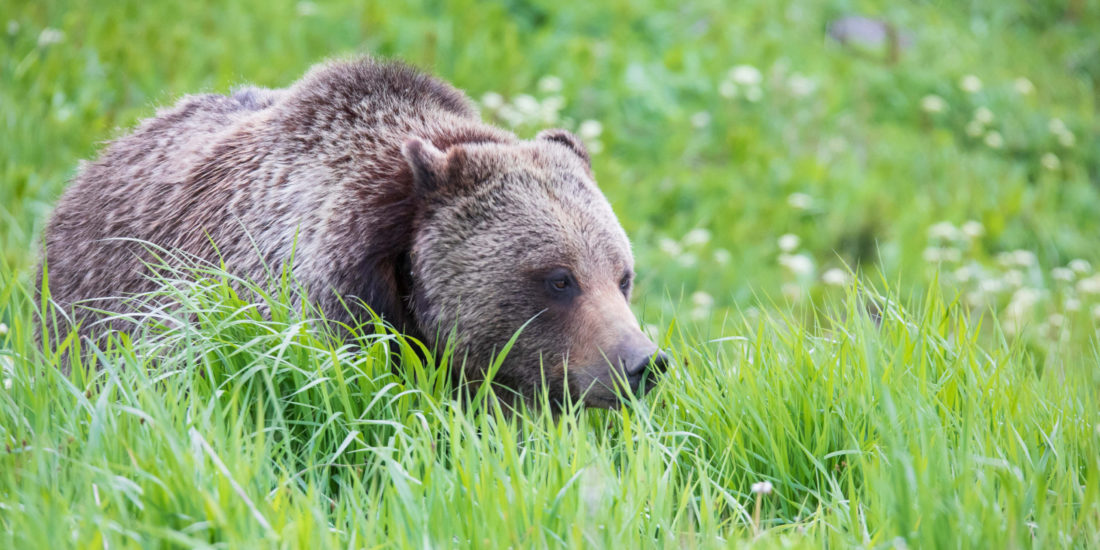
Summer Season: May-October
Upper body: A simple t-shirt will keep you comfortable in the warm afternoon sun. Long sleeves will protect you from the sun which can be strong in the middle of the day. A sweatshirt or fleece is recommended as temperatures can vary throughout the day, starting off with chilly mornings. A rain jacket would be an excellent addition to pack as scattered showers are not at all uncommon in the GYE. In the early spring and fall, a heavier winter jacket would be advisable as rain showers are unpredictable. Vests are a great way to add some extra warmth without restriction of movement.
Lower Body: long pants are recommended, jeans or leggings are great. Shorts are appropriate if you are comfortable with cold mornings and evenings. During the summer months, this should be sufficient. At the very beginning and the very end of the season, you might want to consider a baselayer under long pants to fend off the cold.
Feet: Since it’s summer, you might be tempted to wear flip flops or sandals. Our adventures often take us off the pavement and into varied terrain such as boardwalks, uneven trails, sagebrush, or wooded areas, so closed-toed shoes are the way to go so you can follow the adventure wherever it leads. Comfortable shoes are a must, and good traction is highly recommended. Waterproof shoes aren’t necessary but are always helpful. Most lightweight sneakers, hiking shoes, or boots are more than adequate for the day. A pair of wool or synthetic hiking socks will keep you dry and comfortable.
Accessories: With such varying conditions throughout the season, having a few extra items on hand is always a good idea. Sunglasses are a must on a clear, sunny day. A hat, either peaked or wide-brimmed will help shield you from the sun. A wool or synthetic beanie and gloves will help keep you warm during the colder part of the season. These are accessories you can easily shed or add to keep up with the changing temperatures. Sunblock is important no matter what time of the year!
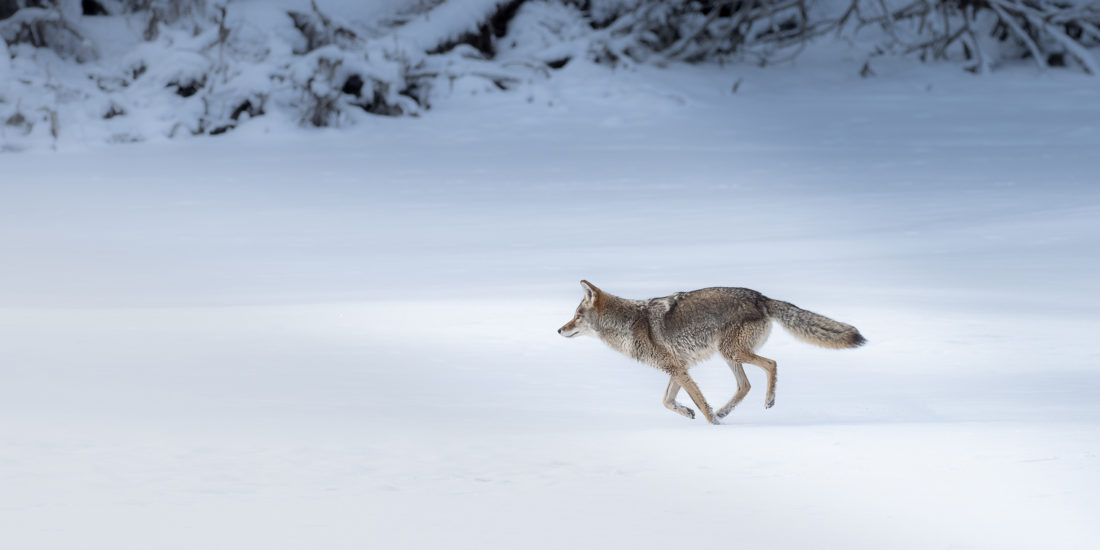
Winter Season: November-April
Winter is an entirely different story in the GYE. While clear skies and sunny days can be pleasant, temperatures can plummet and cloudy conditions can create a serious bite in the air. Just like summer, layers are the best strategy to stay comfortable so that you can focus on the sights rather than the cold, but your gear will of course have to be more heavy duty.
Upper body: You should start with a base layer. A moisture wicking wool or synthetic fabric will keep you dry and trap your body heat in. Cotton does not wick away sweat and becomes cold when wet, so avoid this as a base material. A mid layer of either a down jacket or fleece adds insulation. Your outer layer should be wind and waterproof to shield you from the winter elements.
Feet: Arguably one of the most important items you can choose are your shoes as they can make or break your adventure. Insulated, waterproof boots with good traction are essential. Wool or thermal socks will wick away moisture to keep your feet warm, dry, and comfortable.
Accessories: Sunglasses are also important during winter to protect your eyes from the low sun and the light reflecting on the snow. A wool or fleece beanie will keep your head warm and protect your ears. Insulated, waterproof gloves will allow you to handle objects outside of the vehicle like your camera or binoculars in intense cold. A scarf or neck gaiter will add a little extra warmth. Consider bringing along hand and toe warmers in case you need help warming up.
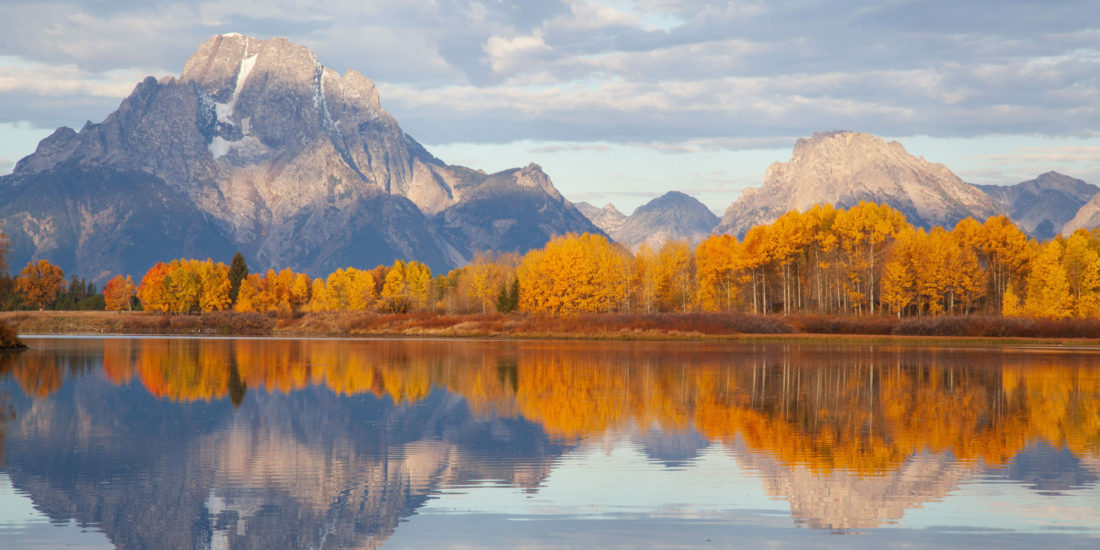
Year Round
Additional things to bring for both seasons: No matter the time of year, these things can always be helpful. You’ll be glad to have with you a sturdy bag with zippers to keep your gear dry and secure. If you have a camera, this is the place to use it! Any medications you may need during the day (or overnight if you’re embarking on a multi-day tour) are essential to remember. We provide snacks and lunch and can accommodate most dietary requirements, but if you have very specific dietary needs or preferences, you are welcome to bring anything along.
By preparing properly for your personal comfort ahead of time, you’ll be able to relax and enjoy your trip to the full extent. We take care of everything else, so once you’re out in the field with us, all you need to focus on is the magic of Yellowstone and Grand Teton National Park.
So pack those bags- we can’t wait for you to join us!

